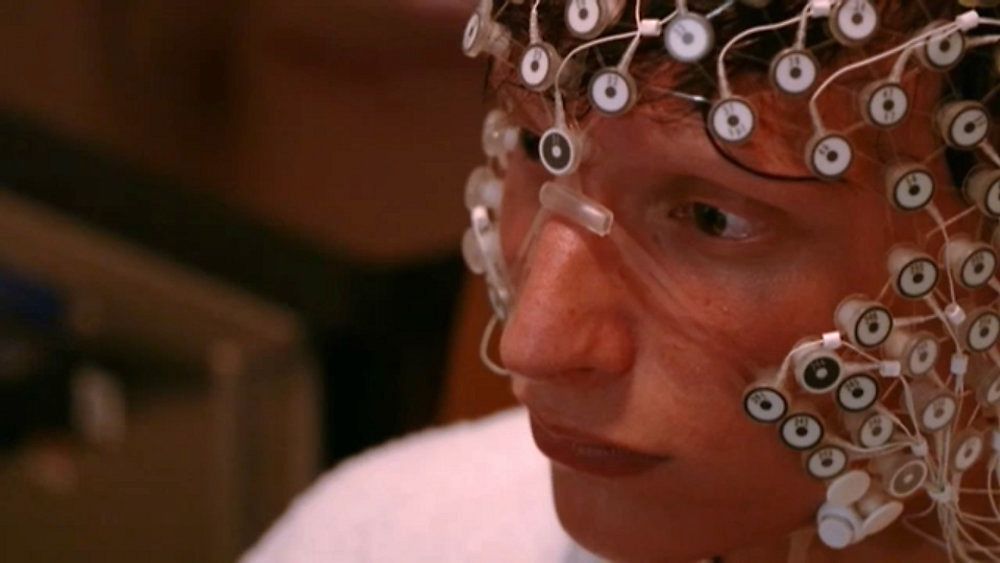GREECE, N.Y. — Educators and administrators from over 50 school districts across New York State were in Rochester Thursday to attend the second leg of a two-part series on student mental health. The forum was hosted by the School Administrators Association of New York State to teach educators how to identify and treat students affected by mental health issues.
"I think all educators want to be able to help their students, and we haven't really known how exactly to do that, but then we look through the lens of trauma and it all makes sense," said Cohoes City School District Superintendent Jennifer Spring.
"We have students that are so consumed with their social, emotional health that they're not in the right mindset to learn in the classroom," said Greece Athena Principal David Richardson.
Professionals say that the more Adverse Childhood Experiences a student faces, the more likely they are to suffer from mental health issues. So-called ACE's include emotional or physical abuse, neglect or violence in the home.
"That notion that every kid goes home, has a nutritious dinner, gets to bed on time and completes their homework and comes into school ready and refreshed each morning. That notion and that mindset is not with us anymore," said Richardson.
"You know they have three responses: Fight, flight or fear. And we just need to know how to work with them better so that we can respond differently," said Spring.
Then the talk moved to how to implement new strategies. Locally, the Lyons Central School District has worked to become a system of "Trauma Informed Schools." In the Capital region, the Cohoes City School District follows a similar strategy.
"So we knew that, we looked at our data, that we needed to do something differently; we needed to have a different lens," said Spring.
Across the board, positive student-teacher interactions were emphasized as part of the solution.
"We're about making sure every student belongs, that we want them there. That 'you're in my classroom and I'm so happy to see you,'" said Spring.
"It's more than a history book, it's more than a geometry unit. It's trying to work together with the student to form positive relationships with them," said Richardson.







